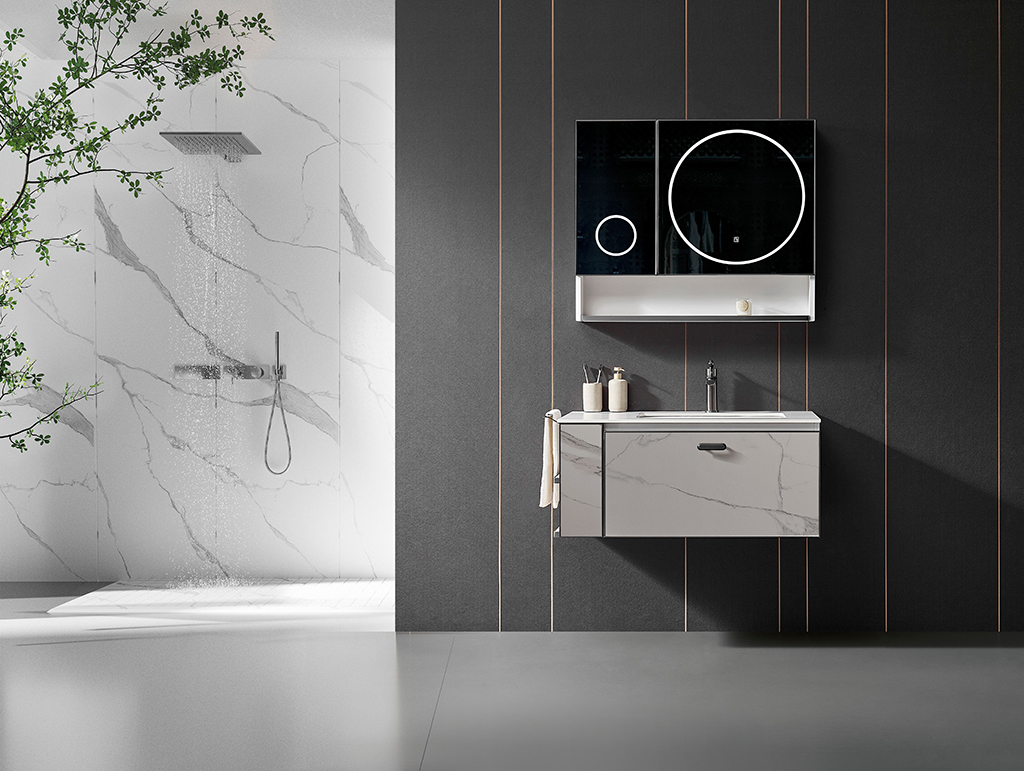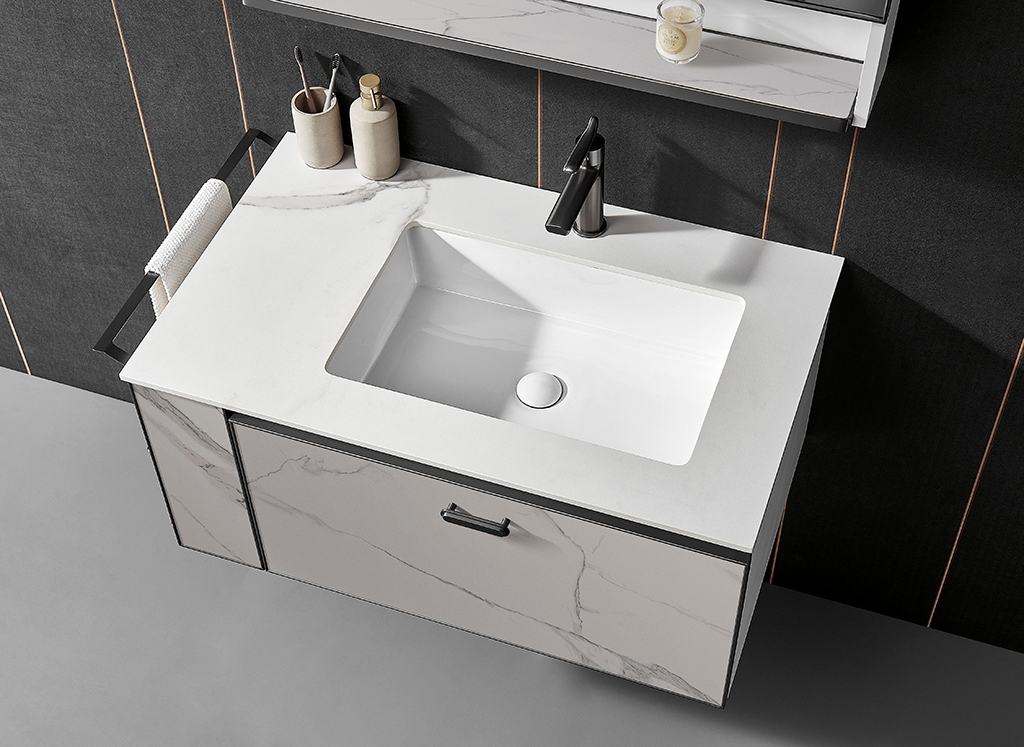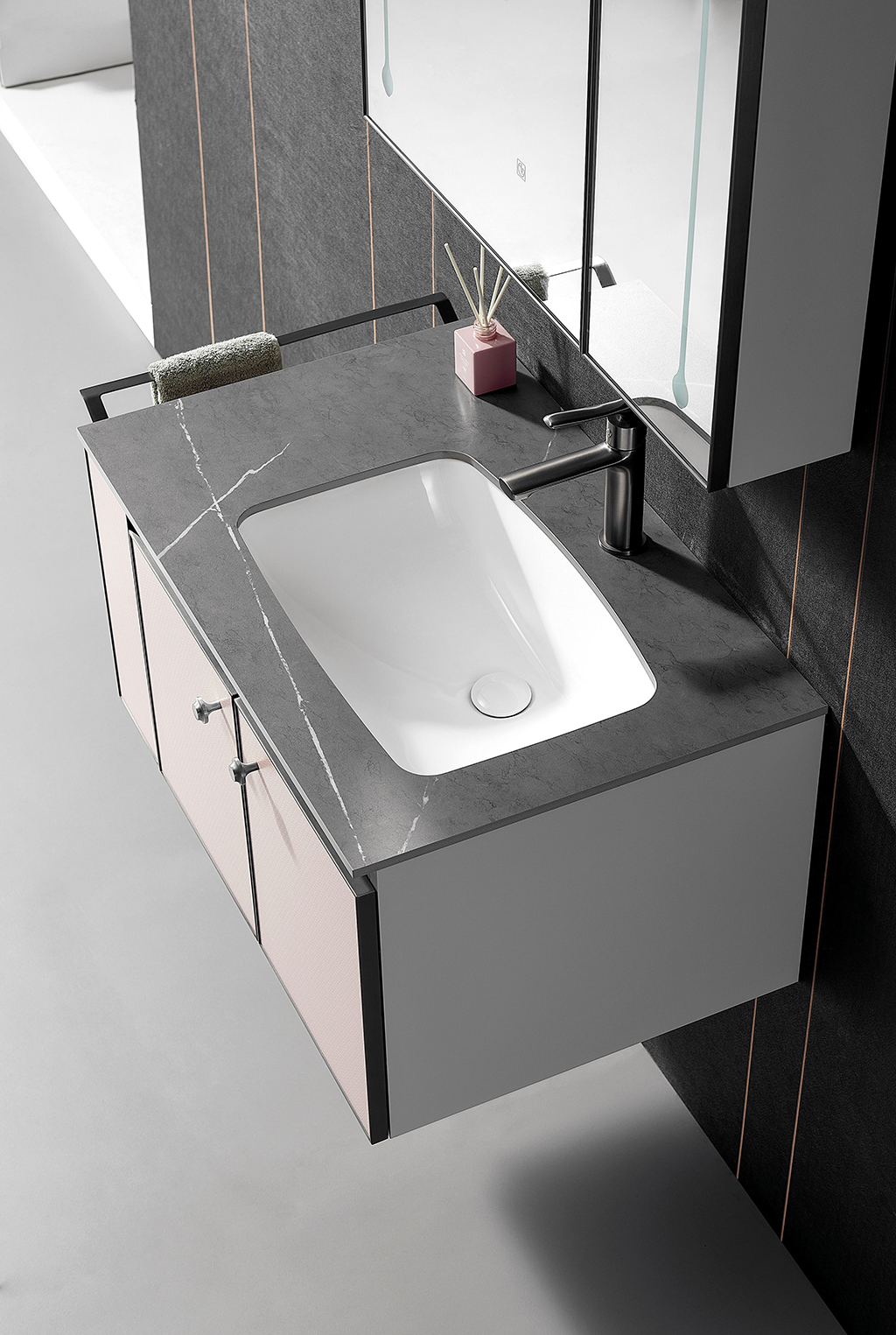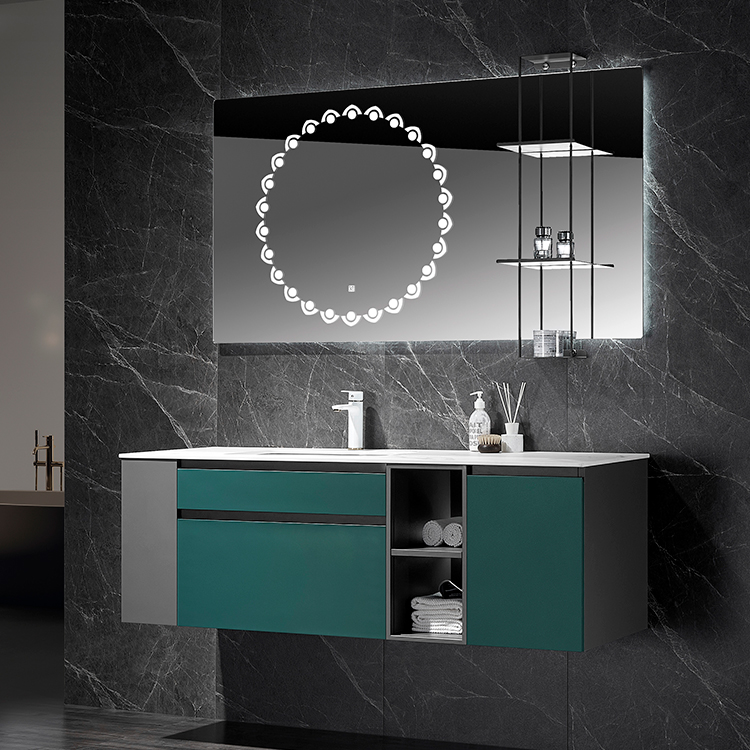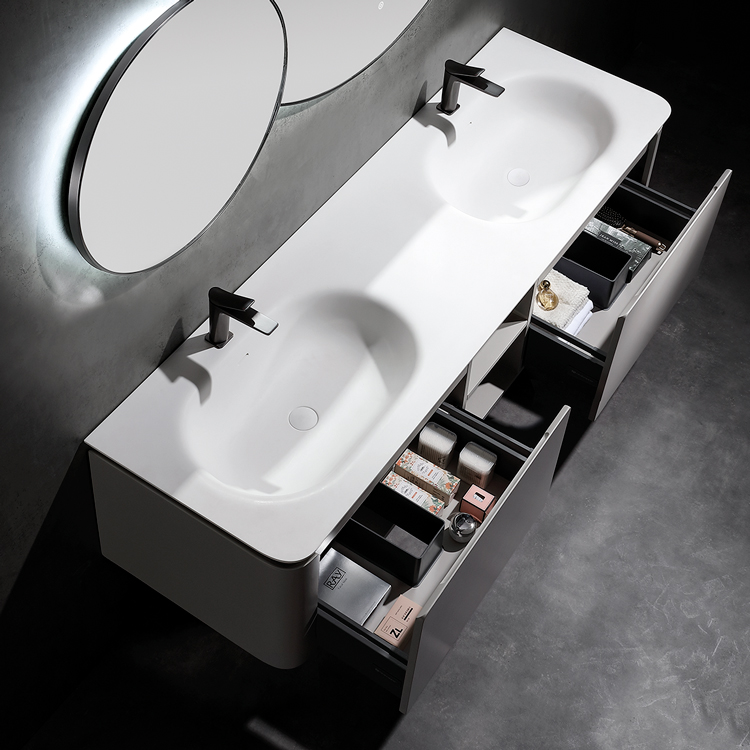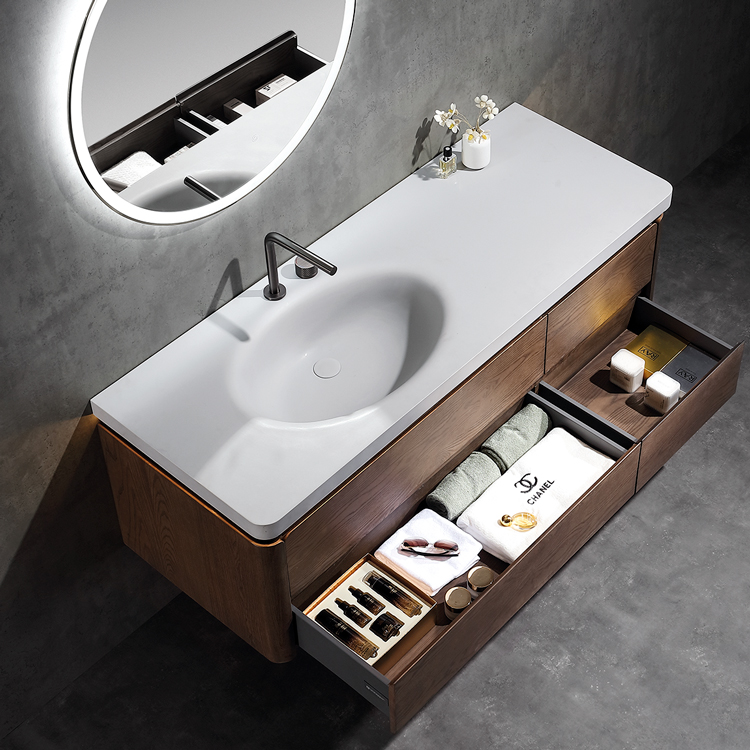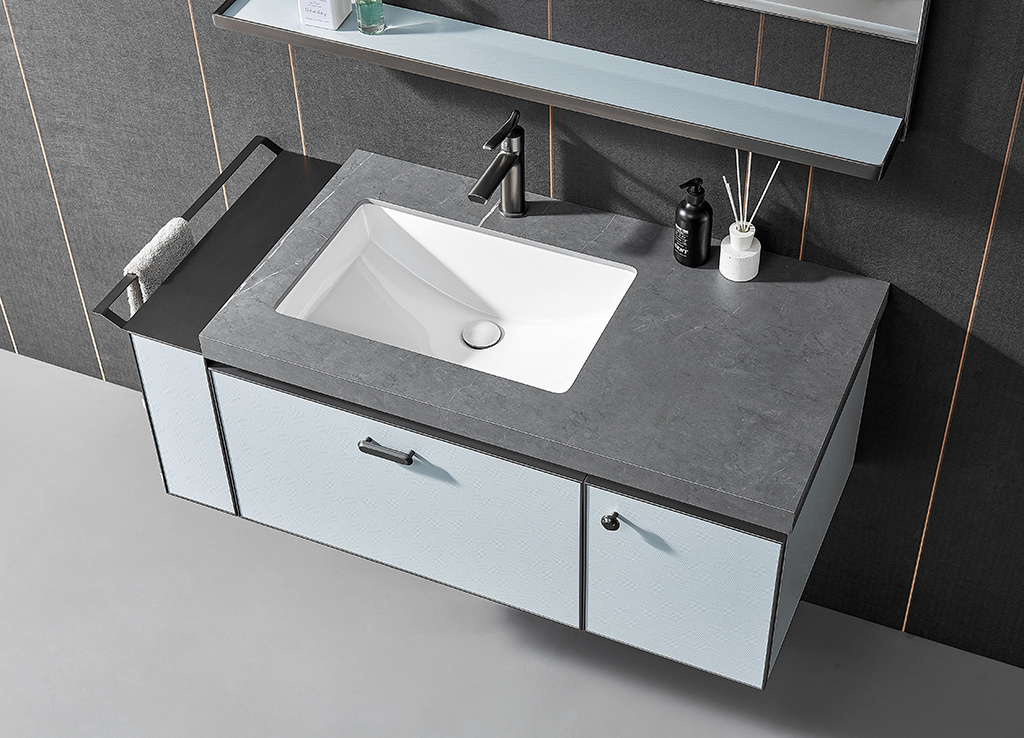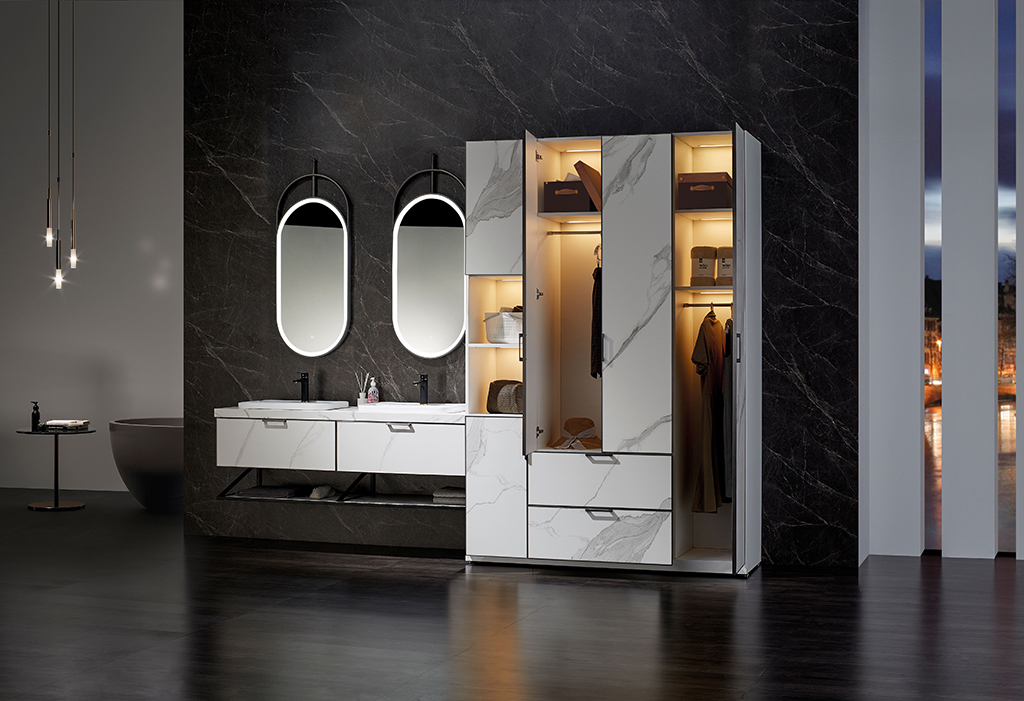Selecting the right bathroom sink is essential for both the functionality and style of your bathroom. A well-chosen sink complements the overall aesthetic, meets daily use requirements, and adds value to your home. With the wide variety of sink types, materials, and styles available, making a decision can be challenging. Here’s a detailed guide to help you choose the best bathroom sink, covering important factors to consider and various styles.
1. Assessing Bathroom Space and Layout
The size and layout of your bathroom play a major role in determining the type and size of the bathroom sink. In small bathrooms or powder rooms, compact or wall-mounted sinks maximize space, while larger bathrooms have the flexibility to incorporate double sinks or larger, decorative options.
Tips for Evaluating Space:
Measure Carefully: Accurately measure the width and depth of the area where the sink will be installed. Ensure there’s ample space for faucet installation and countertop edges.
Consider Traffic Flow: Place the sink in a way that doesn’t obstruct movement. For small bathrooms, a corner sink or a wall-mounted option can help save space.
Storage Needs: If storage is important, a vanity sink with built-in cabinets may be ideal, especially in family bathrooms.
2. Choosing the Right Type of Bathroom Sink
There are various types of bathroom sinks, each suited to different bathroom sizes, styles, and user preferences. Here’s a look at the most popular types:
Pedestal Sink:
Pedestal sinks are freestanding units that don’t require cabinetry, making them ideal for small bathrooms and powder rooms. They offer a clean, minimalist look that works well in classic and modern spaces.
Pros: Space-saving, easy to install, and versatile in design.
Cons: Lacks storage space, limited countertop area.
Wall-Mounted Sink:
Wall-mounted sinks are attached directly to the wall without a vanity, giving a sleek and minimalist appearance. They’re a great choice for small bathrooms and accessible bathrooms, as they free up floor space.
Pros: Modern, saves floor space, height can be adjusted for accessibility.
Cons: No storage, requires sturdy wall support and plumbing adjustments.
Vessel Sink:
Vessel sinks sit on top of the countertop, often resembling a bowl or basin. They create a bold, decorative statement and are available in various materials, like ceramic, glass, and stone.
Pros: Stylish, adds character, easy to replace or update.
Cons: Higher edges can be less accessible, can be prone to splashing, requires careful faucet selection.
Undermount Sink
Undermount sinks are installed beneath the countertop, providing a seamless and clean appearance. They’re easy to clean since there’s no rim on the countertop surface.
Pros: Sleek and modern, easy to clean, maximizes counter space.
Cons: Requires a solid countertop, more complex installation, often higher in cost.
Drop-In Sink:
Drop-in sinks, also known as top-mount sinks, are installed with the rim resting on top of the countertop. They are easy to install and compatible with various countertop materials.
Pros: Easy to install, suitable for most countertops, budget-friendly.
Cons: The rim can trap dirt and is harder to clean, may look less modern.
Console Sink:
Console sinks feature a sink basin supported by two or four legs, often with exposed plumbing. They offer a blend of pedestal and vanity styles and work well in larger bathrooms with traditional or vintage decor.
Pros: Unique style, provides open space underneath, can add storage with a lower shelf.
Cons: Requires more space, no built-in storage, exposed plumbing may need extra design attention.
3. Selecting the Right Sink Material
The material of a bathroom sink impacts its durability, maintenance, and appearance. Choose a material that complements the overall bathroom design and meets your usage requirements.
Common Sink Materials:
Ceramic: Ceramic sinks are durable, easy to clean, and resistant to stains. They’re an affordable and classic choice for most bathroom styles.
Porcelain: Similar to ceramic, porcelain sinks are known for their strength and resistance to chipping. They offer a smooth, glossy finish.
Glass: Glass sinks are often used in vessel designs and create a modern, decorative look. They are prone to smudges but are easy to clean.
Stone: Stone sinks, like marble or granite, add luxury and sophistication. However, they require regular maintenance to prevent staining.
Stainless Steel: Common in modern or industrial bathrooms, stainless steel sinks are durable and easy to maintain but can show water spots and scratches.
Cast Iron: Cast iron sinks with enamel coating are heavy, durable, and resistant to stains. They work well in traditional or vintage-style bathrooms.
4. Choosing the Ideal Sink Style and Shape
Bathroom sinks come in various styles and shapes, allowing you to tailor the sink to match your bathroom decor and personal preference. The sink’s shape can also affect its functionality.
Popular Sink Styles:
Round and Oval Sinks: These shapes are soft and classic, ideal for both modern and traditional bathrooms.
Rectangular and Square Sinks: These shapes offer a contemporary look with clean lines and maximize countertop space.
Custom Shapes: If you’re aiming for a unique or luxury look, custom shapes like trough sinks or asymmetrical designs can create a standout feature.
5. Consider Faucet Compatibility
When choosing a bathroom sink, consider faucet compatibility, as not all sinks are compatible with every faucet type. Vessel sinks often require taller, vessel-specific faucets, while undermount sinks work well with standard or wall-mounted faucets. Ensure that the faucet’s spout aligns with the center of the sink bowl to minimize splashing and enhance usability.
Faucet Types for Sinks:
Single-Hole Faucets: Great for minimalist designs, often used with vessel or wall-mounted sinks.
Centerset Faucets: Require a sink with three holes; ideal for compact spaces.
Widespread Faucets: Offer flexibility in placement; commonly used with larger sinks for a more upscale look.
6. Budget and Installation Costs
Bathroom sinks range in price based on type, material, and style. Vessel and glass sinks are typically more affordable, while stone or custom sinks can be more expensive. Also, consider installation costs. Pedestal, wall-mounted, and undermount sinks may require professional installation, while drop-in sinks are generally easier to install and may save on labor costs.
Budget Tips:
Set a Realistic Budget: Include costs for both the sink and potential installation fees.
Choose Based on Durability: Higher upfront costs for durable materials like porcelain or stone can save on future maintenance.
Consider Long-Term Maintenance Costs: For example, glass sinks may require frequent cleaning, while stone sinks may need resealing over time.
7. Maintenance and Cleaning Requirements
Consider the maintenance level of the material and design before choosing a bathroom sink. Sinks made of ceramic and porcelain are generally low-maintenance and easy to clean. Glass sinks, while stylish, require regular cleaning to avoid smudges. Stone sinks require sealing to prevent stains, especially in areas with hard water.
Maintenance Tips:
Avoid Abrasive Cleaners: Especially on glass and enamel-coated sinks, as they can scratch the surface.
Regular Sealing for Stone Sinks: To maintain their appearance and durability.
Wipe Down Stainless Steel Sinks: To prevent water spots and streaks, especially in areas with hard water.
8. Style Considerations: Matching Your Sink with the Bathroom Decor
Your bathroom sink should complement the overall bathroom design, whether it’s modern, vintage, rustic, or minimalist. For instance, a sleek vessel sink with a glass finish adds elegance to a modern bathroom, while a classic pedestal sink works well in traditional spaces.
Style Matching Tips:
Choose Colors and Finishes: Select colors and finishes that match or complement the bathroom fixtures, like the faucet, mirror frame, and towel bars.
Consider the Vanity: If using a vanity, the sink should match the vanity’s style and size for a cohesive look.
Conclusion
Selecting the perfect bathroom sink involves more than just picking a design you like; it requires thoughtful consideration of space, material, maintenance, and style. By choosing a sink that fits your bathroom layout, meets your storage needs, and enhances the decor, you can create a functional and stylish space that adds lasting value to your home. With the right sink, your bathroom can be transformed into a place of comfort, style, and efficiency.
READ MORE:










